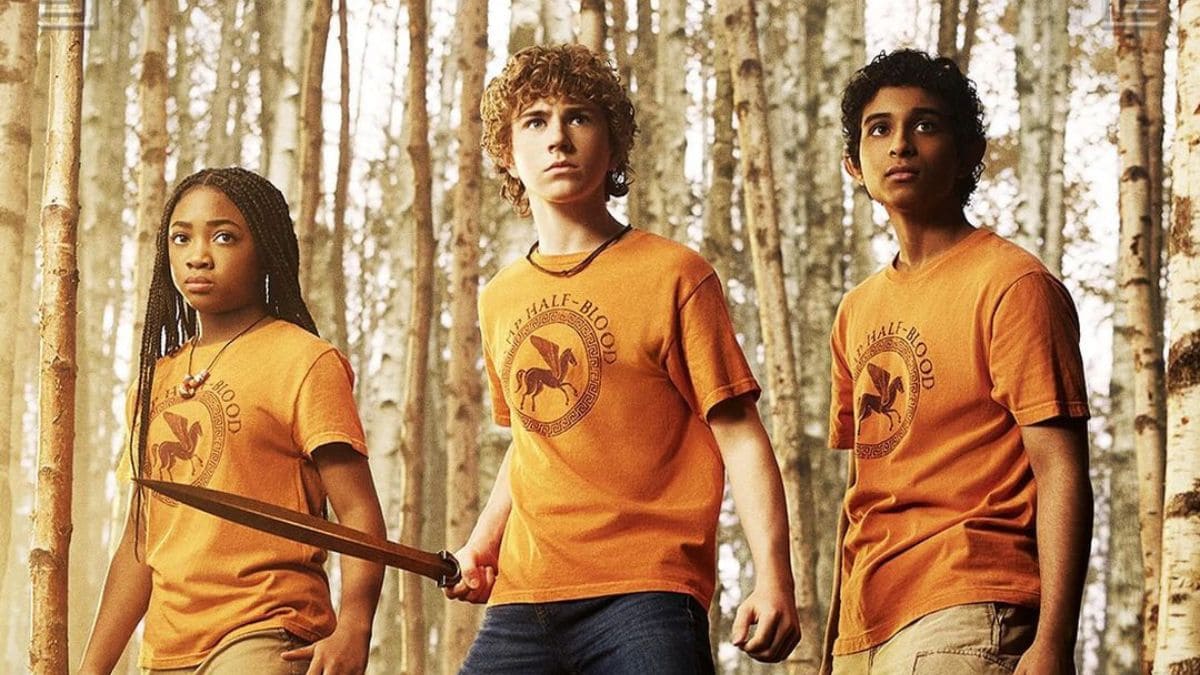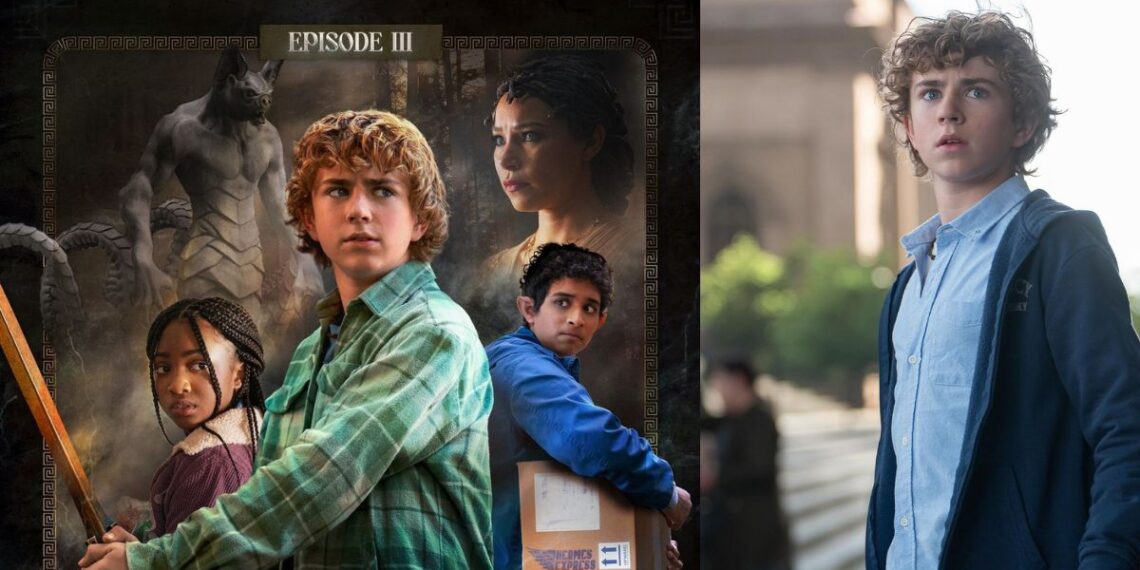A legendary rollercoaster of epic proportions is created in the world of “Percy Jackson and the Olympians,” where the gods of Mount Olympus collide with the modern world.
Join the mischievous demigod Percy as he faces terrifying monsters, learns about his divine heritage, and struggles with being a half-blood hero. Grover, Percy’s eccentric sidekick, and Annabeth, his fierce and perceptive friend, are two of his extraordinary friends. They set out on adventures that are legendary in the making together.
For fans of Rick Riordan’s “Percy Jackson and the Olympians” series, one of Percy’s first victories is the meeting with Medusa. He decapitates the serpent-haired creature after a sly confrontation with “Aunty Em,” using her cursed and lifeless eyes to frighten another foe.
However, for those who know more about Greek mythology, especially women, Medusa becomes even more sinister.
The original myth of Medusa
As a sign of her devotion to the goddess of wisdom, Athena, Medusa makes a vow to live a celibate life in the original myth. But things take a turn for the worse when she becomes involved with the sea god Poseidon on a night that is usually regarded as consensual because it takes place in Athena’s temple.
Consequently, Athena chooses to exact revenge on Medusa by turning her into a gorgon, robbing her of her beauty, and giving her the power to frighten anyone she looks at. The story ends with Medusa being beheaded and her severed head being given to Athena as a gift by the god Perseus, who is the ancestor of Percy Jackson.

Medusa in “Percy Jackson and the Olympians”
Naturally, the 2005 novel didn’t go into detail about the complex backstory because it was written with middle school readers in mind.
However, when facing Medusa, both characters have important family histories because Annabeth is the daughter of Athena, and Percy is the son of Poseidon. In the Disney+ TV version of “Percy Jackson and the Olympians,” there is a deeper examination of the relationships between these children’s parents and the gorgon.
Rick’s wife Rebecca Riordan, who is also an executive producer on the TV show, says that the reason Medusa was given such limited screen time in the books was because Percy was the main character, and Medusa’s viewpoint was absent from the first-person narrative.
Riordan continues, “As a 12-year-old boy in 2005, I don’t think he had the bandwidth for deconstructing the patriarchy.” The emphasis was on Percy’s viewpoint, considering Medusa to be a dangerous foe rather than exploring more general societal problems.
“But then I started writing for television, and that’s when different points of view became important.” “It was one of the first things we talked about, how to not have a patriarchal lens,” Rebecca recalls.

When Sally, Percy’s mother, brings her young son to the Metropolitan Museum of Art in New York in the pilot episode, Medusa is first seen. She gives Percy a powerful lesson there when she points out Antonio Canova’s statue of Perseus clutching Medusa’s severed head: “Not everyone who looks like a monster is a monster, and not everyone who looks like a hero is a hero.”
This moment seeks to dispel stereotypes and emphasizes how crucial it is to refrain from making snap decisions based only on appearances.
In contrast to the “Lightning Thief” book, where the children identify Medusa right away, Percy, Annabeth, and Grover are seen eating with the gorgon in Episode 3.
Even though he knows who she is, Percy decides to take the chance of running away with her while Alecto, one of the Furies sent by Hades to kidnap Percy, pursues them. Grover and Annabeth reluctantly agree with Percy’s choice. Sensing Annabeth’s rage and her commitment to Athena, Medusa chooses to give her side of the story during the encounter.


